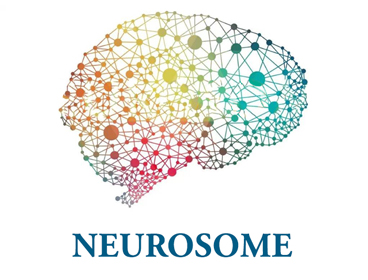It is hypothesized that a portion of complex disease risk or heritability is due to interaction of inherited genetic and environmental factors of the exposome (GxE). It seems intuitive that the effect of a specific environmental exposure is not identical across genotypes in the population, and that individual differences in risk to disease can be better explained by identifying GxE interactions, but to date success has been limited in finding how GxE interact in population-based studies. A major advantage of the NEUROSOME approach is that both G and E components will be explicitly described from the combined analytical and modelling work done in WP4, 5 and 6. Genetic factors that relate to response susceptibility (e.g. metal-binding protein genes, genes involved in ROS scavenging and genes affecting neuropsychological performance) will be differentiated by the genetic polymorphisms that affect toxicokinetics; contribution of toxicokinetic components will be mechanistically incorporated in internal exposure analysis, which will be based upon the HBM data as described in WP6. Hence, GxE analysis will pertain to:
(a) important genetic (G) factors identified after joint pathway analyses (performed in WP6) coupling the various omics data derived in WP5; and
(b) Exposure (E) data based on the biologically effective relevant dose estimated in WP6. G and E will be considered both separately and jointly, in association with one or multiple neurological diseases. For this purpose, advanced data analytics (both statistical and machine learning) approaches, such as integrated clustering methods, Bayesian network analyses and predictive clustering will be used. The bioinformatics techniques used in NEUROSOME will go beyond conventional statistical interpretation using multivariate statistics. The size of the study population and the number of biosamples to be analysed are sufficient to achieve the statistical power necessary to meet our research objectives.
During their appointment each ESR will be assigned to an individual personalised training-through-research project at one of the network beneficiaries. These projects will be in line with the expertise of the participating research institutes and their already on-going commitment to the proposed themes of research within the aims of the proposal. The ESR will be strongly involved in the research activities of the beneficiaries. The ESR research topics have been selected for their mix of originality, interdisciplinary impact, priority setting by EU- committees and innovative aspects. All are relevant for cross-border environmental exposure problems in Europe. The duration of these projects is 36 months. It is encouraged that an organisation extends an ESR work on their own expenses and upgrade the research project into a PhD project. All studies are carried out in cooperation between several research organisations.

